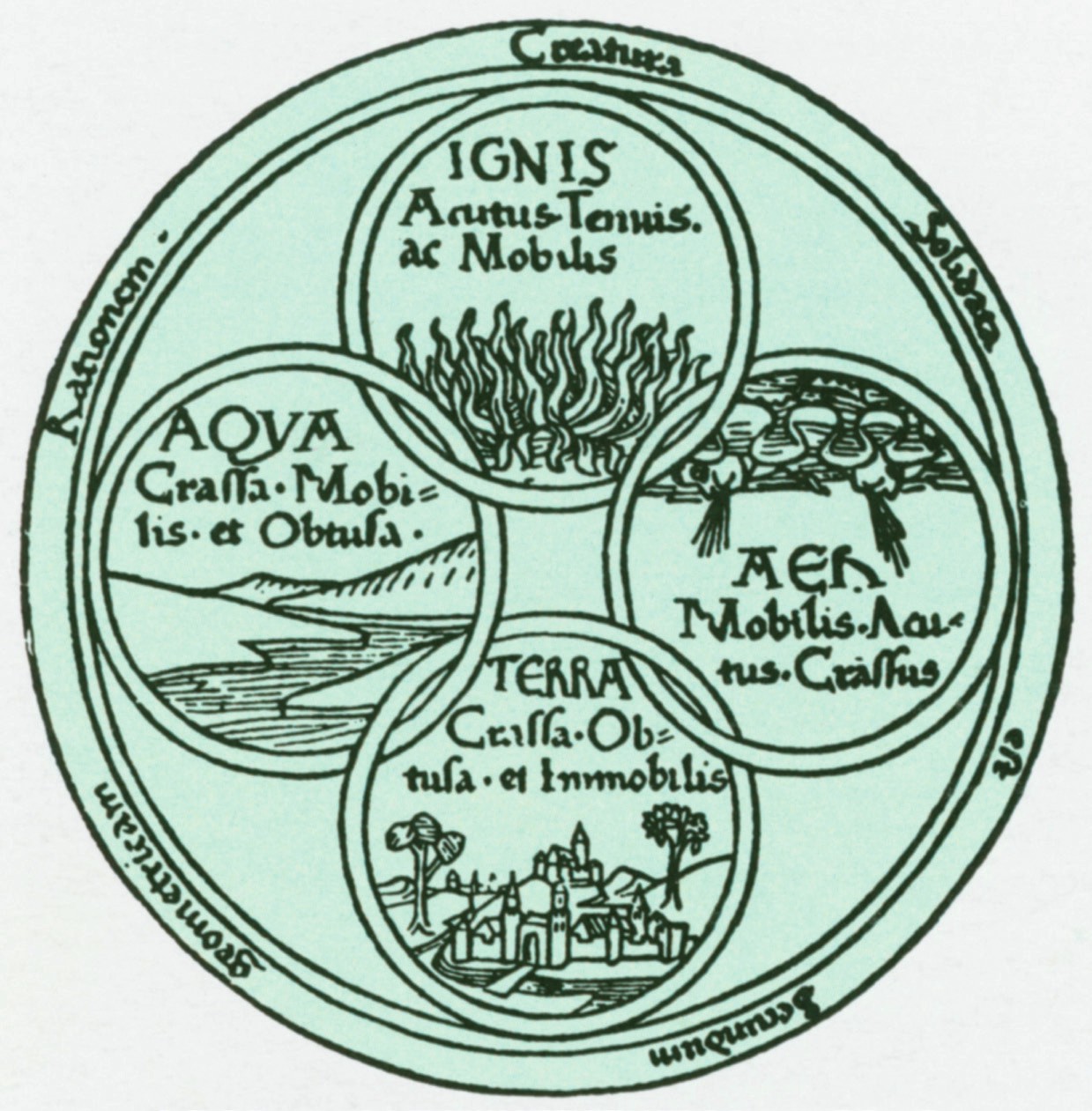
The ancient Greek philosophers and medieval alchemists described objects and substances in terms of four ‘elements’—earth, water, air and fire (Figure 1). These correspond roughly to what we would now call solid, liquid, gas and energy, rather than being chemical elements as we understand them today.
In our present-day model of matter, everything is made up of tiny particles. Chemical elements are the particles—atoms—that combine in various ways to make all known substances. The atoms of each element have chemical properties that are determined by their atomic number, which is the number of protons in the atomic nucleus, and the number of electrons orbiting that nucleus. The protons and neutrons in the nucleus are themselves made up of quarks.
Your organisation does not have access to this article.
Sign up today to give your students the edge they need to achieve their best grades with subject expertise
Subscribe




